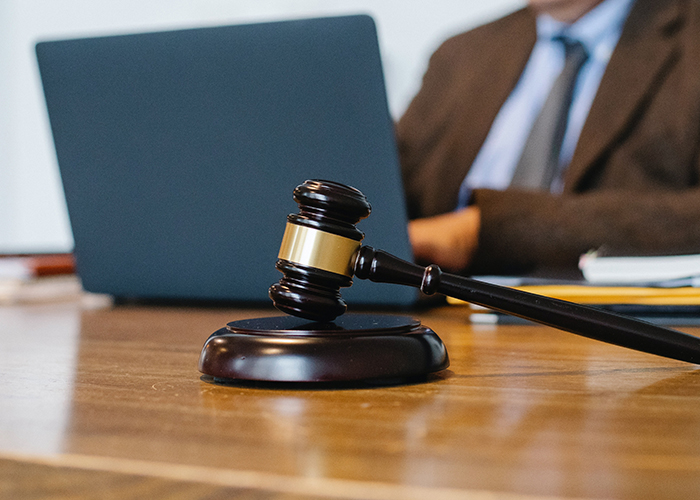
Web accessibility is the design of websites and applications so that they can be used by people with disabilities. This includes people who are blind, have low vision, are deaf or hard of hearing, have mobility impairments, or have cognitive impairments.
There are two main perspectives on web accessibility: the legal standpoint and the usability standpoint.
The legal standpoint focuses on the requirements of laws and regulations that mandate web accessibility. These laws and regulations vary from country to country, but they typically require websites and applications to be accessible to people with disabilities. For example, the Americans with Disabilities Act (ADA) in the United States requires that all public accommodations, including websites, be accessible to people with disabilities.
The usability standpoint focuses on the usability of websites and applications for people with disabilities. This means that websites and applications should be easy to use and understand by people with disabilities. For example, a website should have text that is large enough for people with low vision to read, and it should have audio descriptions for images and videos.
The legal standpoint and the usability standpoint are both important considerations for web accessibility. By taking both perspectives into account, businesses can create websites and applications that are accessible to everyone.
Here are some additional details about the two perspectives:
The legal standpoint
- Laws and regulations that mandate web accessibility vary from country to country.
- The ADA in the United States is one example of a law that mandates web accessibility.
- The ADA requires that all public accommodations, including websites, be accessible to people with disabilities.
- Businesses that do not comply with the ADA may be subject to legal action.
The usability standpoint
- The usability of websites and applications for people with disabilities is important for a number of reasons.
- Websites and applications that are easy to use and understand by people with disabilities can improve the user experience for everyone.
- Websites and applications that are accessible to people with disabilities can help businesses to reach a wider audience.
- Websites and applications that are accessible to people with disabilities can help businesses to comply with the law.
By taking both the legal standpoint and the usability standpoint into account, businesses can create websites and applications that are accessible to everyone.
 Web Accessibility: Legality or Usability?
Web Accessibility: Legality or Usability?
0 Comment